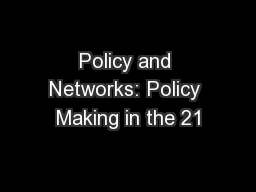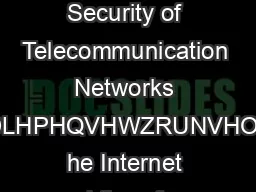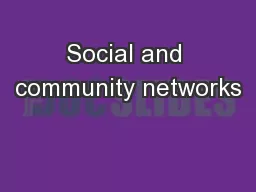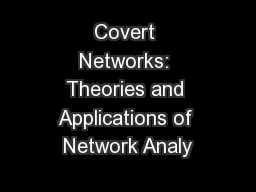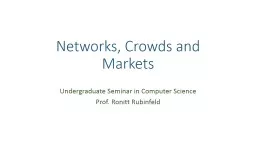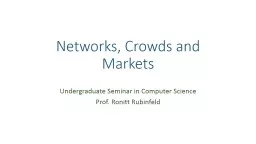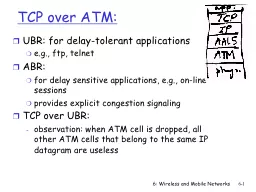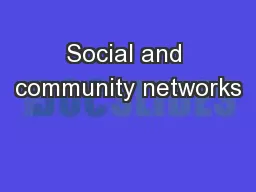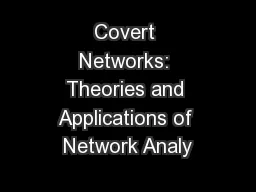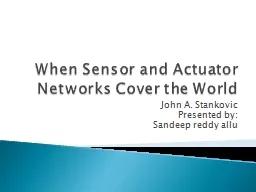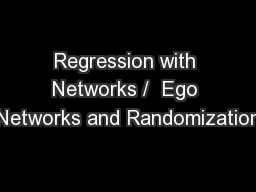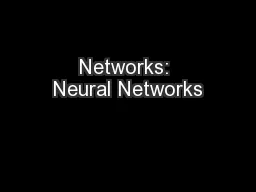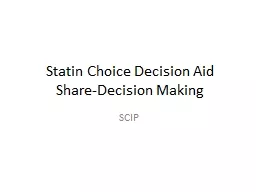PPT-Policy and Networks: Policy Making in the 21
Author : trish-goza | Published Date : 2016-08-05
st Century Paul Ormerod wwwpaulormerodcom Economic and social policy since 1945 Essentially based on a view that decisions are made rationally by people firms planners
Presentation Embed Code
Download Presentation
Download Presentation The PPT/PDF document "Policy and Networks: Policy Making in th..." is the property of its rightful owner. Permission is granted to download and print the materials on this website for personal, non-commercial use only, and to display it on your personal computer provided you do not modify the materials and that you retain all copyright notices contained in the materials. By downloading content from our website, you accept the terms of this agreement.
Policy and Networks: Policy Making in the 21: Transcript
Download Rules Of Document
"Policy and Networks: Policy Making in the 21"The content belongs to its owner. You may download and print it for personal use, without modification, and keep all copyright notices. By downloading, you agree to these terms.
Related Documents

